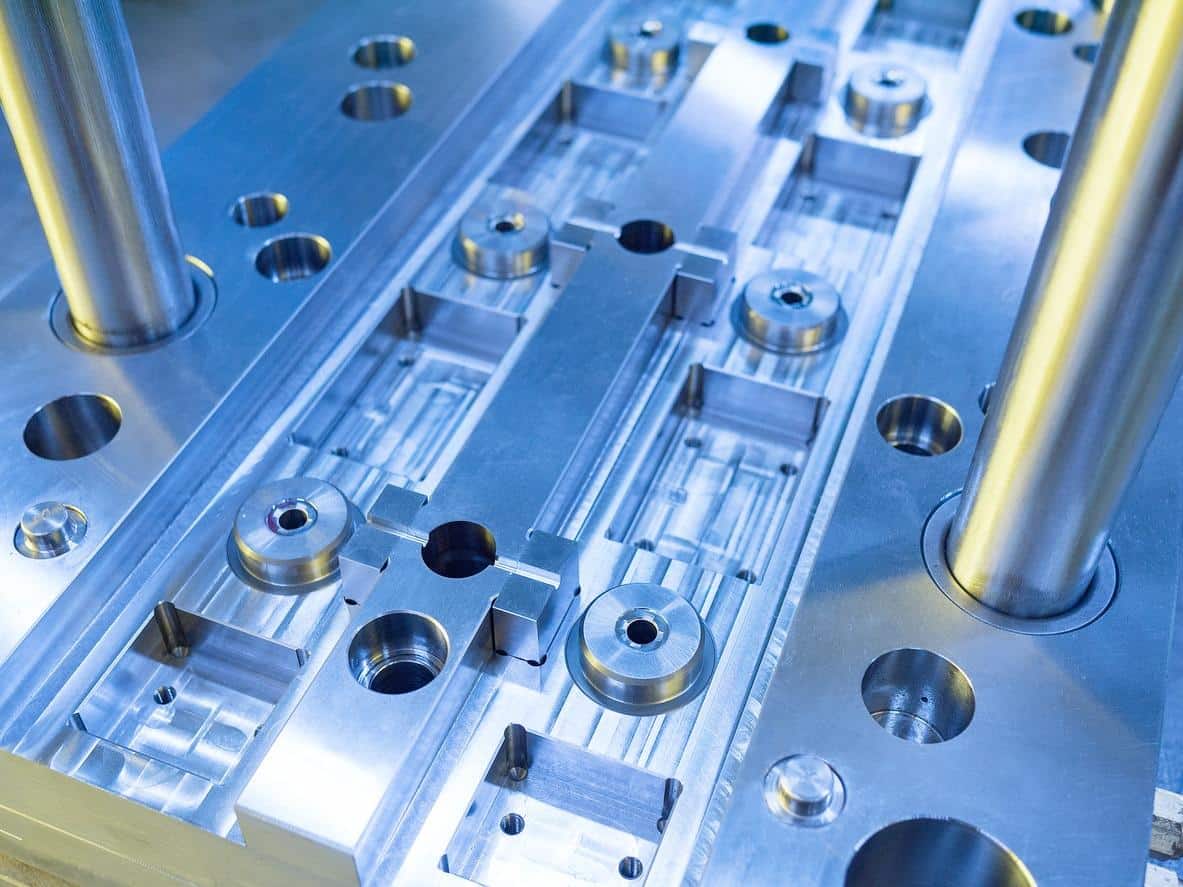Compression Molding
Discover what is the manufacturing molding process Compression Molding and its usage in the industry.
Introduction to Compressing Molding
Compression molding is a forming process that heats and softens a plastic material to achieve the desired shape. It entails placing the plastic material into an open, heated metal mold, either in the form of pellets or sheets. The mold then softens the material, forcing it to conform to the mold’s shape as pressure is applied while it closes, allowing the curing phase to take place. Once completed, the operator can remove excess materials protruding from the mold, called “flashes,” to achieve a good finish.
First developed to manufacture composite parts for metal replacement applications, the typical usage of compression molding is to make larger flat or moderately curved parts for the automotive industry, including Long Fiber Reinforced Thermoplastics (LFT) and Glass Fiber Mat Reinforced Thermoplastics (GMT). Some of these parts include: hoods, fenders, scoops, spoilers, and smaller, more intricate parts.
One main advantage of compression molding is its capacity to mold large, relatively intricate parts as well as to produce ultra-large basic shapes that would otherwise be impossible with extrusion techniques. It is also one of the lowest-cost methods compared with transfer or injection molding. Plus, waste reduction is maximized, which is particularly beneficial when working with expensive compounds. The drawbacks of compression molding include poor product consistency, difficulty in controlling flashing, and its lack of suitability for certain types of parts.
Compression molding can manufacture based on numerous materials such as polyester fiberglass resin systems like Bulk Molding Compound (BMC) or Sheet Molding Compound (SMC), polyamides imides (like Torlon), polyimides (like Vespel), PolyPhenylene Sulfide (PPS), PolyEther Ether Ketone (PEEK), phenolics, thermoset polyester vinyl ester, epoxy, Diallyl Phthalate (DAP) and silicones.

Get multiple quotes for your parts in seconds